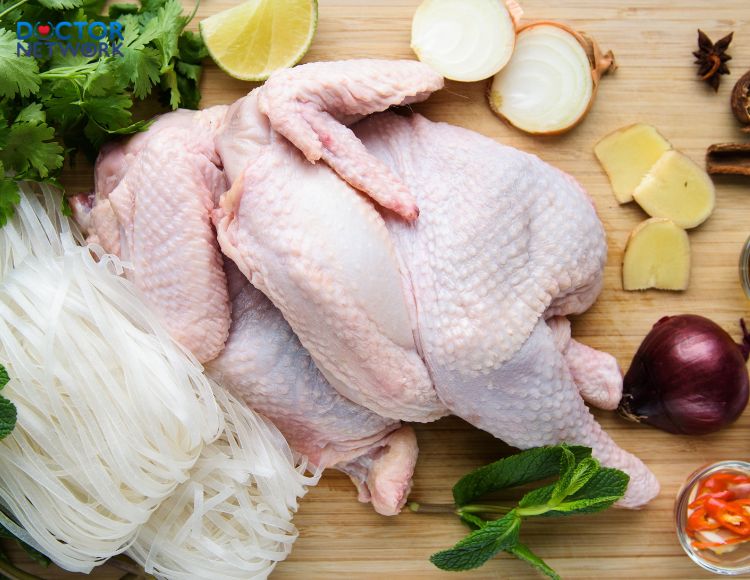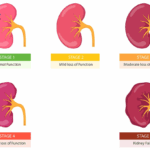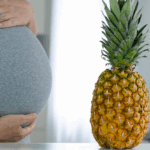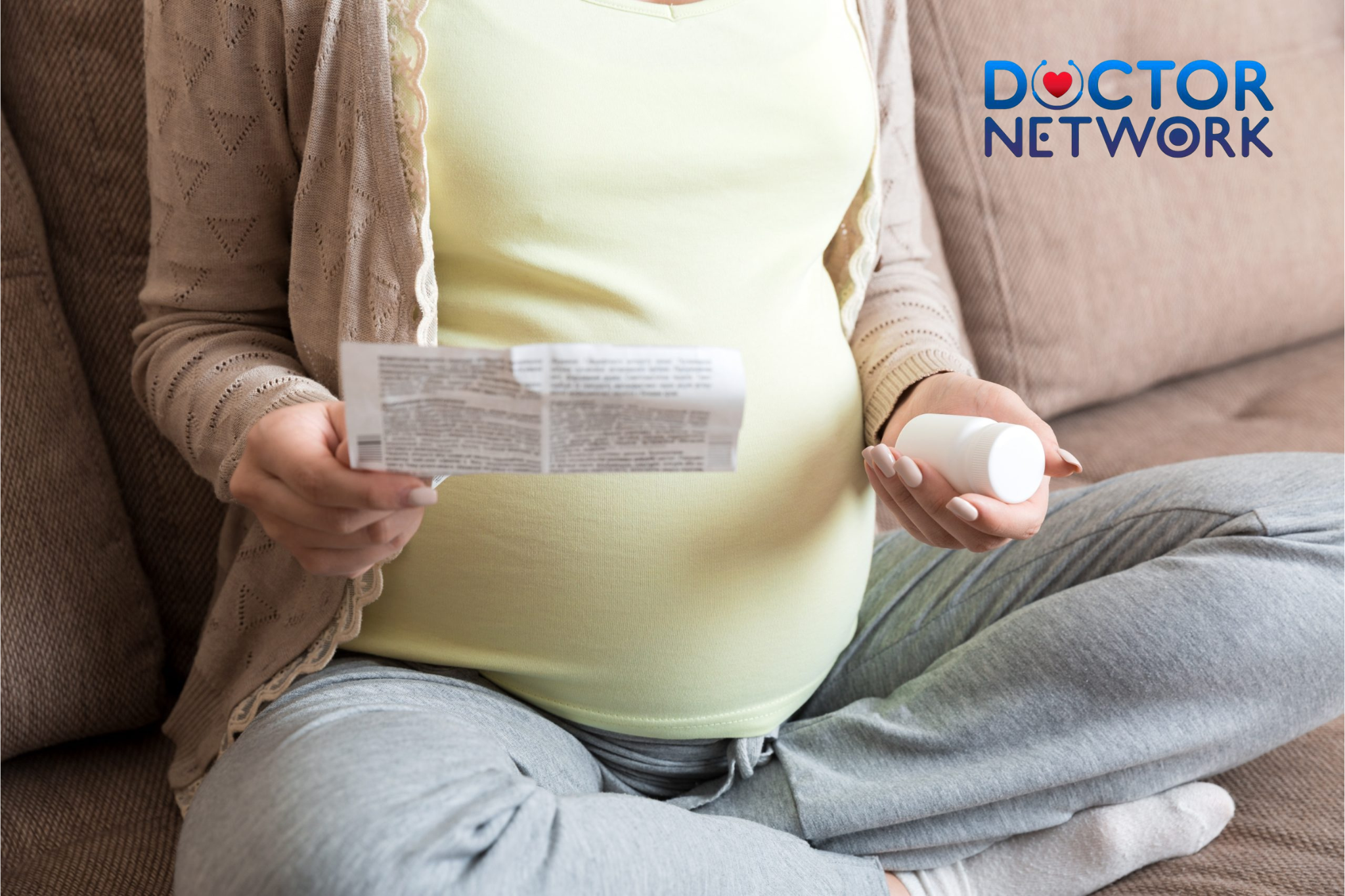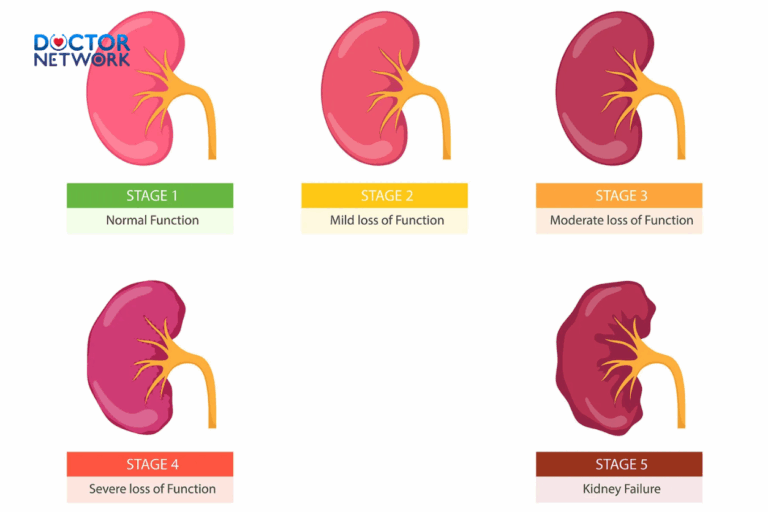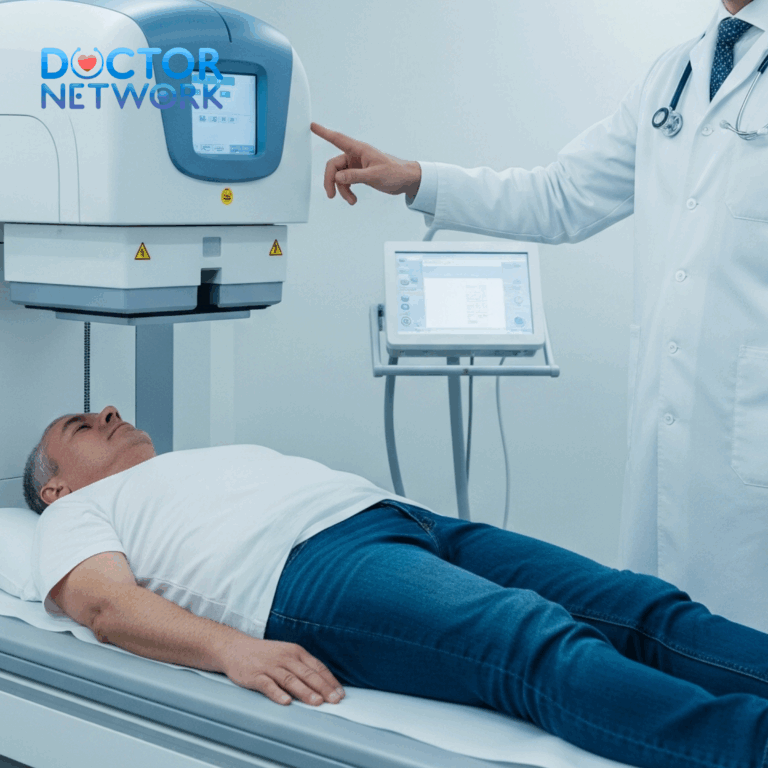After a cesarean section, many new mothers wonder when they can return to eating their favorite foods, including chicken. This article will explore “How long after cesarean section can you eat chicken“, the nutritional benefits of chicken for recovery, and important considerations for postpartum eating. We’ll cover everything from dietary guidelines to safe cooking methods, ensuring you have the information needed to make informed decisions about your postpartum nutrition.
Understanding Cesarean Section Recovery
The Importance of Proper Nutrition
Proper nutrition plays a crucial role in postpartum recovery, especially after a cesarean section. Your body needs a variety of nutrients to heal the surgical incision, replenish blood loss, and support overall recovery. Nutrient-dense foods are essential during this time to provide your body with the building blocks it needs for repair and regeneration.

A cesarean section is a surgical procedure to remove a baby from the uterus through an incision in the mother’s abdomen and uterus
General Dietary Guidelines for Postpartum Recovery
| Nutrient | Importance | Food Sources |
|---|---|---|
| Protein | Supports wound healing and tissue repair | Lean meats, fish, eggs, legumes |
| Iron | Replenishes blood loss during surgery | Red meat, leafy greens, fortified cereals |
| Fiber | Promotes digestive health and prevents constipation | Whole grains, fruits, vegetables |
| Probiotics | Support gut health and immune function | Yogurt, kefir, fermented foods |
Staying hydrated is paramount for postpartum recovery. Aim to drink at least 8-10 glasses of water daily to support milk production (if breastfeeding) and maintain overall health. While there are no universal dietary restrictions after a C-section, some doctors may advise avoiding certain foods that could cause gas or bloating, which may be uncomfortable as your body heals.
Chicken provides high-quality protein, which helps restore tissue
Chicken and Postpartum Recovery: Benefits and Considerations
Chicken as a Source of Protein
Chicken is an excellent source of high-quality protein, which is essential for wound healing and tissue repair after surgery. For breastfeeding mothers, protein is crucial for maintaining milk supply and supporting the baby’s growth. A 3-ounce serving of chicken breast provides about 26 grams of protein, making it an efficient way to meet your increased protein needs during recovery.
Chicken and its Potential Impact on Digestion
While chicken is generally well-tolerated, some women may experience digestive issues in the immediate postpartum period. These concerns are often related to the effects of anesthesia and pain medications rather than the food itself. However, starting with small portions of easily digestible chicken preparations can help minimize any potential discomfort.
Chicken and Possible Allergic Reactions
Although rare, chicken allergies do exist. If you’ve never experienced an allergic reaction to chicken before, it’s unlikely to develop one postpartum. However, if you notice any unusual symptoms after consuming chicken, such as hives or difficulty breathing, seek medical attention immediately.
How long after cesarean section can you eat chicken?
General Recovery Timelines
Most women can return to a normal diet, including chicken, within 24-48 hours after a cesarean section. However, individual recovery times may vary based on factors such as overall health, surgical complications, and personal tolerance.
Consulting Your Doctor
It’s crucial to consult your healthcare provider for personalized advice on reintroducing foods like chicken into your diet. They can provide guidance based on your specific recovery progress and any individual health considerations.
How to Safely Enjoy Chicken After Cesarean Section
Cooking Methods and Recommendations
To minimize potential digestive issues and maximize nutritional benefits, consider these cooking methods for chicken:
- Roasting
- Grilling
- Steaming
- Poaching
These methods help reduce fat content while preserving the meat’s natural flavors and nutrients. Always ensure chicken is cooked thoroughly to an internal temperature of 165°F (74°C) to prevent foodborne illness, which is particularly important during the postpartum period when your immune system may be compromised.
Portion Control and Balanced Diet
While chicken can be a valuable part of your postpartum diet, it’s essential to maintain a balanced intake of various nutrient-rich foods. Here’s a sample balanced meal plan incorporating chicken:
| Meal | Menu |
|---|---|
| Breakfast | Whole grain toast with avocado and a poached egg |
| Lunch | Grilled chicken salad with mixed greens and vinaigrette |
| Dinner | Steamed chicken breast with quinoa and roasted vegetables |
| Snacks | Greek yogurt with berries, handful of nuts, or sliced apple with almond butter |
Remember, moderation is key. Aim for a 3-4 ounce serving of chicken (about the size of your palm) as part of a balanced meal.
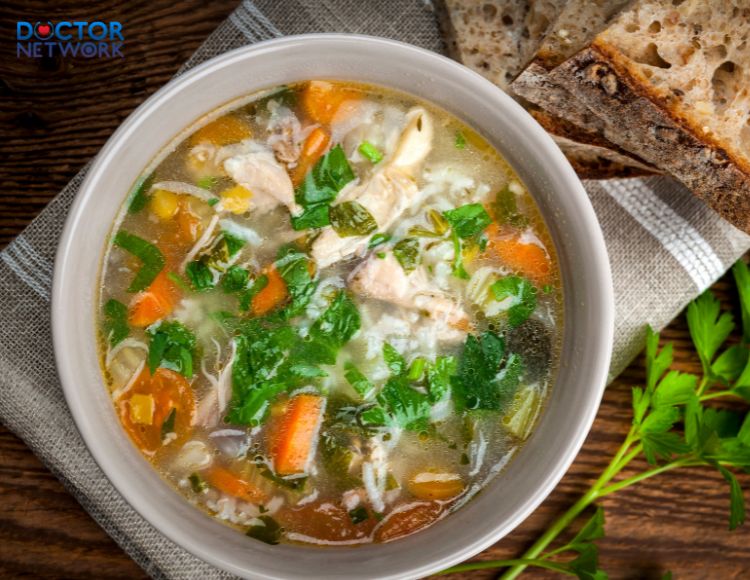
Proper nutrition, including the appropriate intake of chicken, plays a key role in the recovery process
Conclusion
Key Takeaways
- Most women can safely eat chicken within 24-48 hours after a cesarean section.
- Chicken is an excellent source of protein, supporting wound healing and tissue repair.
- Consult your healthcare provider for personalized advice on reintroducing foods post-surgery.
- Cook chicken thoroughly and consider easy-to-digest preparation methods.
- Maintain a balanced diet with a variety of nutrient-rich foods for optimal recovery.
Staying Informed
Continue to seek guidance from your healthcare team throughout your postpartum journey. Every woman’s recovery is unique, and staying informed about your nutritional needs will support your healing process and overall well-being as you adjust to life with your new baby.
5 frequently asked questions closely related to the topic “How long after cesarean section can you eat chicken?”
Can eating chicken affect my C-section incision healing?
Consuming chicken after a cesarean section doesn’t directly affect your incision healing. However, the protein in chicken supports overall wound healing. The surgical site, typically located in the lower abdomen, heals primarily through proper medical care and your body’s natural processes. Eating a balanced diet that includes protein-rich foods like chicken can provide essential nutrients that support tissue repair and regeneration.
How does chicken consumption impact postpartum constipation after a C-section?
Chicken itself doesn’t typically cause constipation. In fact, the protein in chicken can support healthy digestion. However, postpartum constipation is common after a cesarean delivery, often due to pain medications, reduced mobility, and changes in dietary habits. To prevent constipation while including chicken in your diet, ensure you’re also consuming plenty of fiber-rich foods, staying hydrated, and gradually increasing physical activity as approved by your obstetrician or midwife.
Is organic chicken better for post-cesarean recovery?
While organic chicken isn’t necessarily superior for post-cesarean recovery, it may have some benefits. Organic chicken is raised without antibiotics, which could be advantageous for mothers concerned about antibiotic exposure, especially if breastfeeding. However, both organic and conventionally raised chicken provide similar nutritional benefits in terms of protein content. The most important factor is ensuring the chicken is properly cooked and part of a balanced postpartum diet.
How can I prepare chicken to make it easier to digest after a C-section?
To make chicken easier to digest post-cesarean, consider these preparation methods:
- Poaching: Gently simmer chicken in water or broth
- Baking or roasting: Cook chicken with minimal added fats
- Grilling: Ensure the chicken isn’t charred, which can be harder to digest
- Slow-cooking: This method results in tender, easily digestible meat
Avoid deep-frying or heavily seasoning the chicken, as these methods may cause digestive discomfort. Always ensure the chicken reaches an internal temperature of 165°F (74°C) to prevent foodborne illness, which is particularly important during postpartum recovery.
Can eating chicken help with milk production for breastfeeding after a C-section?
While chicken doesn’t directly increase milk production, it plays a supportive role in lactation after a cesarean birth. Chicken is an excellent source of protein, which is crucial for maintaining and increasing milk supply. It also contains nutrients like vitamin B12 and zinc, which are important for both maternal health and breast milk quality. Lactating mothers need about 25 grams more protein per day than non-pregnant women, and incorporating chicken into your diet can help meet this increased demand. However, remember that adequate hydration and overall caloric intake are equally important factors in milk production.
Scientific evidence
- “Nutritional Recommendations for the Late-Preterm Infant and the Preterm Infant after Hospital Discharge” – Lapillonne A. et al., Journal of Pediatrics, 2013.
- “The Effect of Protein and Calorie Intake on Wound Healing and Length of Hospital Stay after Cesarean Section” – Çakar E. et al., Journal of the Turkish-German Gynecological Association, 2016.
- “Postpartum Diet Quality and Maternal and Infant Anthropometric Outcomes” – Martin C.L. et al., Journal of Nutrition, 2016.
The above article has provided information on “How long after cesarean section can you eat chicken?” and related knowledge. Hopefully the article will be useful to you.
References:
Can I eat chicken after cesarean section? – Vinmecvinmec·1
Best Foods For Mothers After Cesarean Section | PEM Confinementpemconfinement·2
Kiểm Duyệt Nội Dung
More than 10 years of marketing communications experience in the medical and health field.
Successfully deployed marketing communication activities, content development and social networking channels for hospital partners, clinics, doctors and medical professionals across the country.
More than 6 years of experience in organizing and producing leading prestigious medical programs in Vietnam, in collaboration with Ho Chi Minh City Television (HTV). Typical programs include Nhật Ký Blouse Trắng, Bác Sĩ Nói Gì, Alo Bác Sĩ Nghe, Nhật Ký Hạnh Phúc, Vui Khỏe Cùng Con, Bác Sỹ Mẹ, v.v.
Comprehensive cooperation with hundreds of hospitals and clinics, thousands of doctors and medical experts to join hands in building a medical content and service platform on the Doctor Network application.





